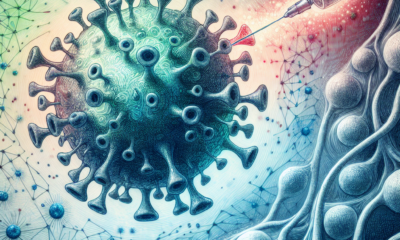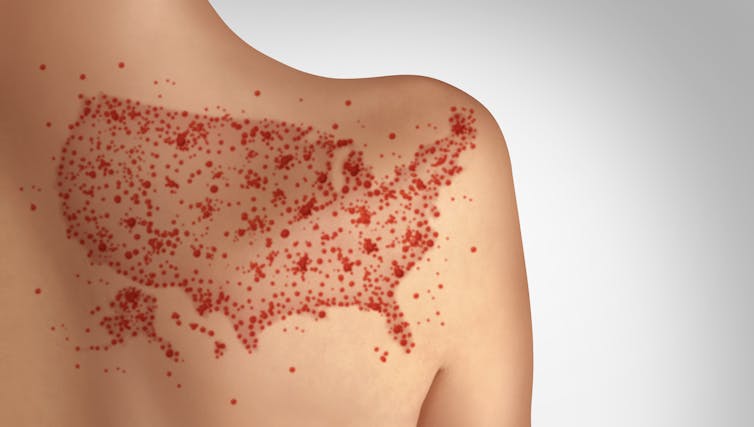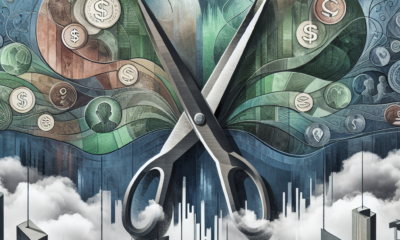When all the votes were tallied, Colorado voters approved a ballot measure establishing a right to abortion.
Katherine Drabiak, University of South Florida
Voters in 10 states decided on measures relating to abortion on Nov. 5, 2024, many of which sought to expand access to abortion or expressly recognize a right to abortion in the state’s constitution.
Seven of the ballot measures passed, while three failed. Measures in Arizona, Colorado, New York, Maryland, Missouri, Montana and Nevada were approved by voters, while measures to expand abortion access in Florida, Nebraska and South Dakota went down.
Nebraskans voted on two competing measures. The one that passed enshrines the current law that allows elective abortions until 12 weeks into the state constitution. The measure that failed would have extended elective abortions until fetal viability, about 24 weeks.
Abortion across the US
Since the Supreme Court decided Dobbs v. Jackson in 2022, ending a federal right to abortion, states have moved in multiple directions. Abortion laws across the U.S. have changed a great deal in the past two years and vary widely.
Some states still allow abortion but only earlier in pregnancy. Nebraska, for example, allows abortions before 12 weeks.
Some states expanded or wrote into law abortion access. Colorado, eight other states and Washington, D.C., allow elective abortions until birth, without any restriction on gestational age.
Other states, like Texas, sought to restrict abortions once a heartbeat is detected at around six weeks.
All of this variation can be confusing. And, as a health law professor, I know how important it is for people to understand the law so that pregnant women, or women who have had a miscarriage, are not fearful of seeking medical care.
What abortion laws regulate
The most important thing to understand, in my view, is that laws which regulate abortion apply to actions that health care providers take to intentionally terminate a pregnancy.
Laws designed to limit abortion procedures are not meant to block access to care for women who are seeking treatment for a miscarriage or ectopic pregnancy.
Abortion laws do not penalize or criminalize women seeking an abortion; they regulate health care providers. This is true even in states with restrictive abortion laws, such as South Dakota, Indiana, Texas and Alabama.
Regulating physician conduct is not new – nor is it unique to abortion laws. Very specific laws regulate physician conduct with severe, and even criminal penalties, for possibly fraudulent billing, disregarding federal privacy rules or inappropriately prescribing medication.
Colorado enshrines a right to abortion
In Colorado, Proposed Initiative 89 passed with 62% of the vote. The initiative added language to the state constitution that expressly recognizes a “right to abortion.”
In 2022, the Colorado Legislature codified access to abortion without limits to gestational age. The initiative adds the provision to the state constitution, which makes it a permanent law, so the Legislature cannot amend or modify it.
The initiative also struck language in the Colorado Constitution that prohibited using taxpayer funds to pay for abortions for women with Medicaid or state-sponsored insurance plans. Colorado already requires private insurance to cover the total cost of abortions.
Supporters of the initiative say that allowing taxpayer funding for abortions will stop the “discriminatory and harmful effects” of previous insurance restrictions.
About 38 states prohibit using taxpayer funds for abortion, while some states allow using taxpayer funds for abortions only in cases involving rape, incest or where the woman’s life is at risk.
A ballot measure in Florida fell short of the 60% threshold needed to pass.
Florida votes to maintain abortion law
In Florida, Amendment 4, which voters did not pass, proposed a state constitutional amendment to permanently expand abortion access. This measure would have allowed women to obtain an abortion until viability for any reason. It also would have permitted abortion after viability until birth “when necessary to protect the patient’s health.”
The U.S. Supreme Court ruled in 1973 that “health” not only includes a pregnant woman’s physical health, but also extends to considering her age, emotional state or psychological well-being.
Since Amendment 4 did not pass in Florida, the law remains the same.
Florida allows abortion only until six weeks gestation. However, Florida’s law has multiple exceptions, allowing abortions that result from crimes such as rape, incest, domestic violence or human trafficking for up to 15 weeks.
Florida also permits abortion in the first two trimesters in cases where the fetus has a fatal abnormality. Finally, Florida has exceptions that allow abortion for emergencies, or where continuing the pregnancy would pose a threat to the woman’s life or physical health.
Misconceptions about abortion laws
Several articles, including a series in ProPublica, have described cases where women who were pregnant and sought emergency medical treatment suffered complications or death.
The death of any young woman is tragic. However, in my opinion, these cases reflect a misunderstanding of what the law allows, which could make physicians unsure and slow to treat the patient. Some cases may also involve miscommunication, or potential medical mismanagement.
Unfortunately, incorrect or even missed diagnoses are common in emergency rooms, affecting 7.4 million people per year. One in 350 people who had a missed diagnosis suffers serious disability or death.
State laws that regulate abortion do not prevent physicians from intervening to provide necessary or life-saving medical care for women.
Florida’s law plainly says that if there is a conflict between trying to preserve the woman’s life or the fetus’s life, the physician “must consider preserving the woman’s life and health as the priority.”
Florida and Georgia have provided guidance to physicians to clarify what the law allows when treating their patients.
All states – even those with restrictive abortion laws like Texas and Indiana – have exceptions that allow abortion in cases of a medical emergency, or where continuing the pregnancy would pose a risk to the woman’s life or health. In addition, the Department of Justice has stated that people have a constitutional right to travel to seek medical care or abortions in other states from willing providers.
Physicians who feel uncertain can reach out for assistance from a lawyer or find information from their state health department for clarification.![]()
Katherine Drabiak, Professor of Health Law, Public Health Law and Medical Ethics, University of South Florida
This article is republished from The Conversation under a Creative Commons license. Read the original article.
























































